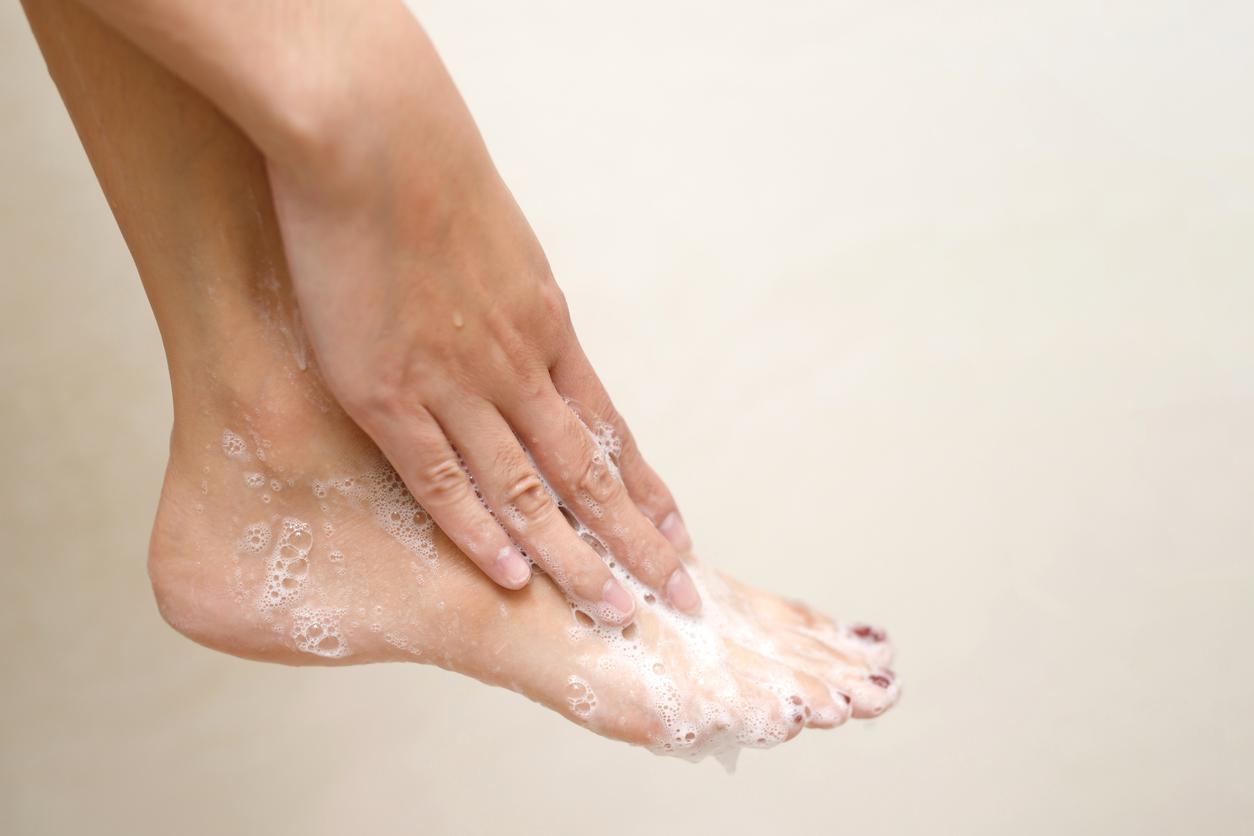Coffee, tea, tobacco, food, sugar… On a daily basis, many of our habits attack our teeth. Over time, they lose their whiteness. With insufficient dental hygiene, it is the door open to cavities, stains on the teeth and yellowing … the bacteria can go so far as to attack the gums and lead to periodontal diseases (gingivitis, periodontitis).
To fight against these phenomena, brushing the teeth, ideally twice a day or after each meal, is strongly recommended. But a toothbrush is not able to clean all 5 faces of the teeth, it can only reach three. This is why the interdental brush comes in. To be used in addition to your toothbrush, interdental brushes allow you to reach areas that are not accessible to the brush: the spaces between your teeth. For use interdental brushes correctlydo not hesitate to take your time during cleaning, and to pass well in each space.

GUM® BI-DIRECTION Interdental Brush/Head Adjustable in 2 positions (90° 180°) / Removes 25% more plaque / 0.9 mm/Pack 3 x 6 units
€19.90 (€1.11 / unit)
GUM TRAV-LER Interdental Brush, 0.8mm / Removes 25% more Plaque / Bristles Coated with an Antibacterial Agent / Ergonomic Handle, Pack 3×6 Units
€19.90 (€1.11 / unit)
GUM SOFT-PICKS ADVANCED Interdental Stick/Brush | Soft Rubber Strands | Gentle Cleansing for Gums (M, 3)
€19.89 (€0.11 / unit)Interdental brush: why is it important?
Since it can sneak into unreachable spaces with your toothbrush, the interdental brush, even if it remains a complement, is strongly recommended. Indeed, poor dental hygiene can lead to unpleasant and non-aesthetic consequences: formation of dental plaque which develops and accumulates rapidly, giving way to acid attacks on the enamel, the appearance of dental caries linked to these attacks, inflammation of your gums, bad breath…etc. The most severe pattern that can be offered to you: the inflammation of your periodontal tissues, which can cause loosening of the teeth.
If dentists generally recommend brushing your teeth at least twice a day or after each meal and at least 2 minutes each time, it is because this technique is able to eliminate 50% of dental plaque. If you combine your toothbrushing sessions with an interdental brush, cleaning will be even more effective. For all questions concerning the choice of a good interdental brush adapted to your needs (size of the bristles, structure of the handle, length, etc.), we recommend that you consult a dental surgeon or specialist in oral health who will be able to inform you .
















